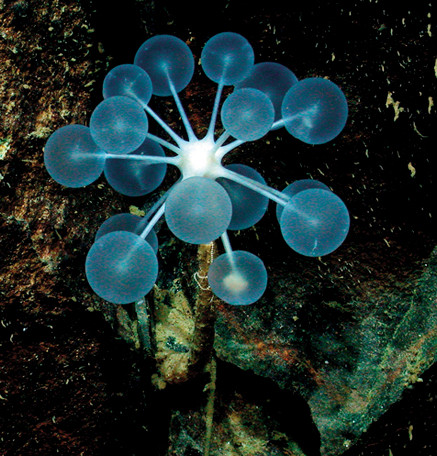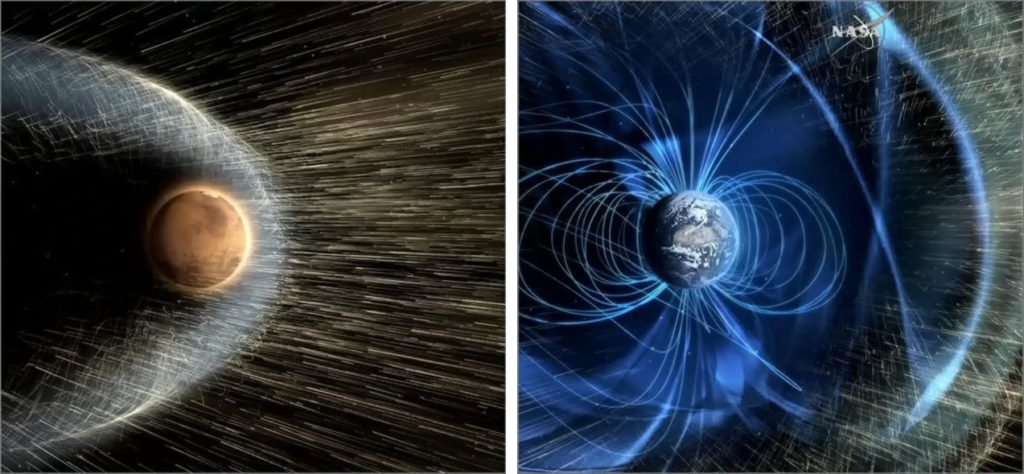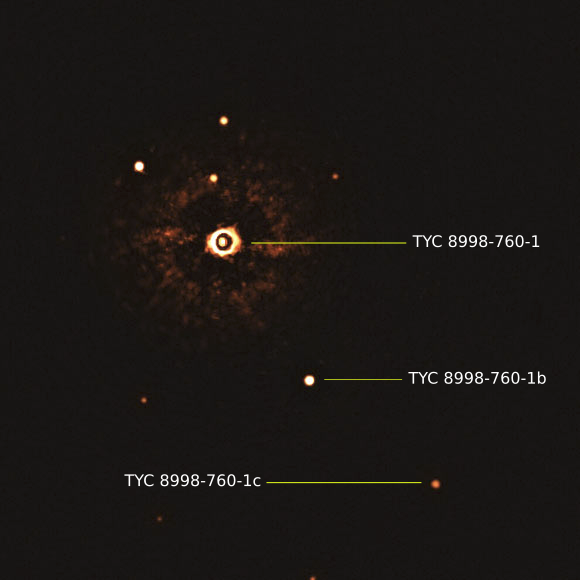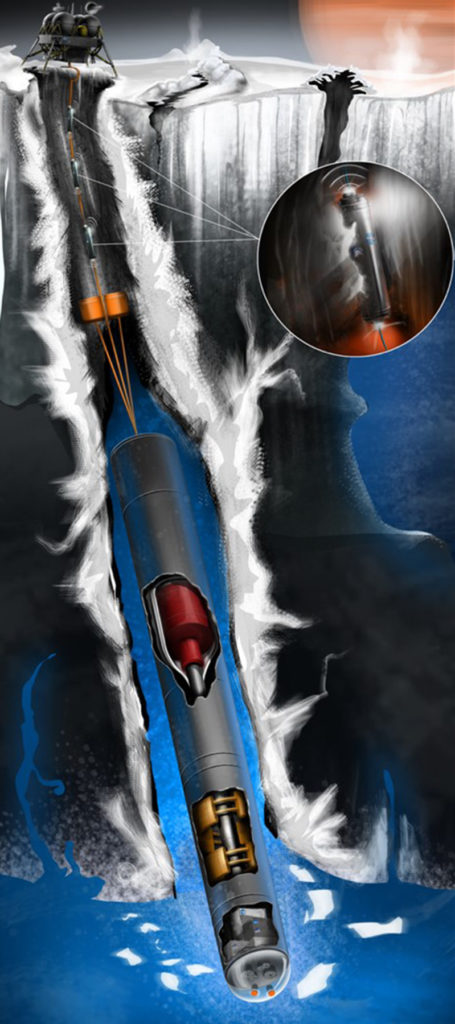Life and the likelihood of life outside earth is a subject that has puzzled and amazed both astronomers and laymen in equal measure. When we talk about the existence of life, some believe that there are intelligent life forms out there and there are those who believe that belief in extraterrestrial life is ludicrous. Below we’ll look at the reasoning behind these two theories.
Extraterrestrial Life Exists
Before 1995, astronomers and astrophysicists did not have evidence of the existence of exoplanets. There was no evidence of planets outside our solar system. The existence of planets that do not orbit any star and just wander aimlessly was also not a very rational thought. However, as of today, with the creation of more powerful telescopes (i.e. the Kepler Space Telescope), we have discovered over 4,000 exoplanets.

Astronomers have definitively said that there are more planets than there are stars. It is said that a quarter of these planets can be found within habitable zones of their stars. With that information, it is conceivable that there are many life forms, even within our galaxy.
When the Kepler Space Telescope discovered that there were indeed more planets than we had previously thought, it reignited talks and debate on how it would be possible to find life outside our planet.
David Kipping, a professor in Columbia’s Department of Astronomy, used an analytical method known as Bayesian Inference. He used data from earth’s evolution and the earliest existence of life on earth. Using this, he tried to figure out how often we should expect a repeat of this process. He used four hypotheses:
- Life is common and often develops intelligence;
- Life is common but rarely develops intelligence;
- Life is rare but often develops intelligence; and
- Life is rare and rarely develops intelligence.
Calculations based on these hypotheses were made based on previous beliefs about our system and how it came to be. That life evolved within 300 million years, as evidenced in carbon-13 zircon deposits that have been found by scientists. This system is similar to betting odds. Using this method and based on his calculations, he determined that the odds of common-life were higher than those of rare-life, 9 times more probable in fact.
These calculations concluded that if planets with similar conditions and with similar evolutionary patterns exist in the universe, then life could spontaneously emerge. However, his study did not show the probability that this life would be intelligent life.
When speaking of equations that will help us find other life forms, we cannot neglect to mention Drake’s equation. In 1961, Dr. Frank Drake drew up a formula that would be used to estimate the number of technological civilizations in our universe. To create this equation, he took into account factors that he thought would play a big role in the creation of these civilizations.
The equation is shown at the top of this post. Here is the definition of each of the factors:
| Factor | Description |
| N | The number of civilizations in the Milky Way Galaxy whose electromagnetic emissions are detectable |
| R* | The rate of formation of stars suitable for the development of intelligent life |
| fp | The fraction of those stars with planetary systems |
| ne | The number of planets, per solar system, with an environment suitable for life |
| fl | The fraction of suitable planets on which life actually appears |
| fi | The fraction of life bearing planets on which intelligent life emerges |
| fc | The fraction of civilizations that develop a technology that releases detectable signs of their existence into space |
| L | The length of time such civilizations release detectable signals into space |
Drake emphasized the importance of finding traces and signs of electromagnetic activity in far off civilizations.
Extraterrestrial Life DOES NOT Exist
So far, with research and advanced technology, we have not seen any concrete evidence to prove the fact that there is life anywhere else than Earth.
Three conditions must be met for life to be able to be sustained. These are energy, food, and water. When speaking of water, it is water in liquid form, and not in gaseous or solid states. Though other planets within our solar system have shown signs of water, most of this is trapped within the ice and cannot be used to support life.
There are only three bodies within our solar system that have shown signs of having water and these are Venus, Earth, and Mars. However, the atmosphere in Venus is too hot and too thick for it to have liquid water while Mars has an atmosphere that’s too cold and too thin for it to have water in liquid form as well.

Evidence from Mars has shown the existence of river beds on its surface alluding to the fact that there was a time when conditions on Mars were fit for sustaining life. So what happened? Some astronomers have stated that other planets’ lack of a magnetic field could have worked to its disadvantage. Its atmospheric particles got enough energy to break free from its gravity and it went into space. This phenomenon happens on every planet including Venus and Earth, however, the degrees to which this happens varies from planet to planet.
A magnetic field is thought to be like a shield that protects a planet from wind and solar particles that may charge up an atmosphere and cause them to separate away from their planet. This acts like a force field of some sort and keeps the atmosphere within its planet.
When we talk about Aliens, we most often think of intelligent life at least as advanced as our own civilization. Using simple mathematics, however, it is pretty clear that chances that there are other intelligent creatures living on other planets are very small.
The theory is about how we calculate our own chance of existence on the Earth. How did we even come about? Just looking at how many different types of creatures we know of that existed and still exist on the planet and the fact we are the only intelligent ones. The chance of ever finding other intelligent life anywhere in the Universe is slim.
This pretty much 100% precludes the possibility that any alien life-form ever visited our planet.
Interstellar Life
Astronomers and scientists have found small molecules that are necessary for the creation of life on space bodies such as comets, asteroids, and interstellar clouds. One of the more recent discoveries was the discovery of complex molecules on Titan, one of Saturn’s moons. This revelation immediately made Titan a contender as one body that could perhaps host life outside of earth, even primitive life.
It is fascinating to think about how chemical reactions on lifeless planetary bodies can suddenly give rise to living organisms. Some scientists have even debated that molecules that led to the creation of life on Earth could have possibly come from comets or meteorites.

Other scientists are using the laws of quantum mechanics to explain life within our planet. That is to say that life on Earth exists because thinking beings have observed it. The laws of quantum mechanics simply go that a particle gains a particular location or speed only when it is observed. Although this idea is interesting, it is “out there” and there is very little evidence to support it.
The discovery of life forming organisms on Titan is not unique. This has also been observed in molecular clouds outside of our solar system. After stars die, they create negatively charged molecules that speed up the formation of larger organic matter which are transferred to comets and solar systems that are formed from the cloud.
For aliens to come to visit us, they would need to have interstellar travel (on our end we barely started to travel in space). However, for life to move between stars, all it needs is a rock-like ʻOumuamua. We have already discovered that a strain of a cold that was left on an apparatus when someone sneezed on an early trip to the moon was still viable when we brought that apparatus back to Earth a few years later.
In other words, certain types of life can survive in space, without the magnetic field protection of the Earth. Without the atmosphere and warmth that the Sun offers. It can freeze and remain viable for millions of years. The time it takes for loose rocks like ʻOumuamua to travel between the stars. Also since we first discovered exoplanets around other stars, we now also found two rogue planets. Very large bodies which, like ʻOumuamua, travel between stars instead of rotating around them. The interstellar planets we are able to detect are very large (Neptune and larger) so they are not themselves likely to host any life. However, like our gas giants, these planets may have moons that could host various forms of life at some point. We have another 25 or so bodies which could be nomad planets, although some of these are not unlikely failed stars instead (i.e. brown dwarfs or red giants).
Mechanical interstellar travel like humans would need, however, is not very likely. At least not with our current knowledge of space travel and physics. It would require a huge amount of energy which we can’t realistically stock. We could, however, send robots and embryos. However, ethically, this is very dodgy. Plus by the time they arrive, we’re not even remotely likely to even remember we sent life to another star.
Life On Europa

Image credits Alexander Pawlusik, Artist / LERCIP Internship Program, NASA Glenn Research Center
After futility in discovering the existence of life on Mars, scientific energy has shifted in recent years to the discovery of life on Europa. Europa is the 4th largest of Jupiter’s 67 moons. As we said earlier, for life to be sustained there needs to be three factors, an energy source, water, and food (chemical building blocks). It looks like Europa could potentially have all three.
Though the surface of this moon is icy, beneath it there are claims that there is water in liquid form running up to 100km deep into the surface. The water found within this liquid is claimed to be full of ions, which is also what organisms on Earth use to gain energy.
With the surface of Europa being ice, radiation from Jupiter could alter the chemical composition of this water and could result in the formation of oxygen1, carbon dioxide, hydrogen peroxide, and sulfur dioxide all of which are important nutrients that could start and sustain life were they to reach the liquid at the subsurface level.
For energy, Europa is located within Jupiter’s gravitational field. The gravitational force from Jupiter pushes and pulls Europa closer and further from Jupiter periodically. This shift in gravitational energy creates internal friction in the moon. This friction creates heat that could explain why the subsurface layers of the moon are not in ice form.
Evidence from NASA that supports the theory that a subsurface ocean exists includes;
- The Galileo spacecraft discovered a magnetic field near Europa’s surface and this suggests the presence of a substance that conducts, i.e. salty water.
- The bands, fractures, and ridges on Europa suggest the presence of a body or material that is moving underneath.
- The presence of large fractures and ridges suggests that there is a mobile layer underneath that causes the crust to move around.
- NASA also confirmed that there are water geysers at the surface. (Nov 2019)
Notes:
1 It has been known for a while that some microbes do not require oxygen to survive. Actually, for some, oxygen in too large quantities kills them. In 2020, some researchers stumbled upon a large parasite called Henneguya salminicola that lives in fish such as salmon and which doesn’t use oxygen at all. This really extends the possibility of finding alien life on other worlds.
Are We the Aliens Then?
If there are indeed aliens, then why haven’t they contacted us or why haven’t we discovered them yet? These questions are some of the most debated among astronomers and astrophysicists and there have been multiple debates including one that speculates that we live in a galactic zoo of some sort.
This theory supports the Great Silence. That perhaps there is a civilization out there that is possibly more advanced and has simply decided to hide from us. Some have said that they could be watching us similarly to how we watch animals in a zoo. Some have even speculated that there is a galactic quarantine, yes quarantine. That extraterrestrials are keeping us quarantined because were we to learn about them it would cause havoc on our culture. These theories support the fact that life forms outside of earth could be intellectually superior to our own.
This theory further bolsters Drake’s theory and equation.
The fact that no aliens have come to see us doesn’t mean we shouldn’t ourselves start looking for them. Scientists are already working on a voyage to send robots to one of our closest neighboring stars in an attempt to verify whether there is an inhabitable planet there (it looks like there is) and maybe make contact with life that would exist there.
The Search Extra-Terrestrial Intelligence Institute (SETI) was created in 1984 with the mission of exploring the Universe for signals from beyond. The SETI does a lot more than just listen for exterrestrial signals, though. It helps further research of life in our solar system, it provides education in regard to life on Earth and other planets, and it has a podcast to broaden everyone’s knowledge of the progress in the field.
So is there life outside of Earth? The answer is that we simply don’t know. We’re yet to have concrete evidence that there is, but that is not to say that there isn’t. Only time, advancement in science and technology will tell.


Leave a Reply